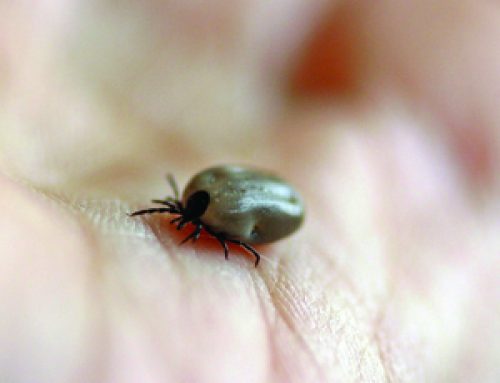Uncovering Adrenaline Triggers and the Pulse Test
 According to Michael Platt, MD, the release of adrenaline contributes significantly to symptoms associated with incontinence. Phil Bate, PhD, a member of the Orthomolecular Medical Society for many years, advocates the use of a simple technique, the pulse test, to detect adrenaline triggers–substances that signal the release of adrenaline into the body.
According to Michael Platt, MD, the release of adrenaline contributes significantly to symptoms associated with incontinence. Phil Bate, PhD, a member of the Orthomolecular Medical Society for many years, advocates the use of a simple technique, the pulse test, to detect adrenaline triggers–substances that signal the release of adrenaline into the body.
This test, developed in the 1950s by Arthur Coca, MD, provides a reliable and inexpensive method of measuring the adrenaline triggers caused by allergies and sensitivities to foods and chemicals. When adrenaline is released, the pulse rate goes up. By measuring the pulse rate before and after exposure to particular foods or chemicals, people can determine which substances raise or do not raise adrenaline levels in their bodies. An increase of five beats or more per minute indicates a release of adrenaline. Dr. Bate advises that people not deliberately expose themselves to any known allergen but that they use the test to uncover allergens that they are not currently aware of.
The pulse test helps to uncover hidden adrenaline triggers which may be beneficial in the treatment of incontinence and other disorders. Dr. Coca’s book The Pulse Test explains this test in great detail.




